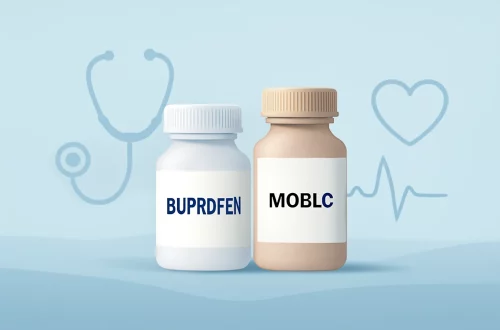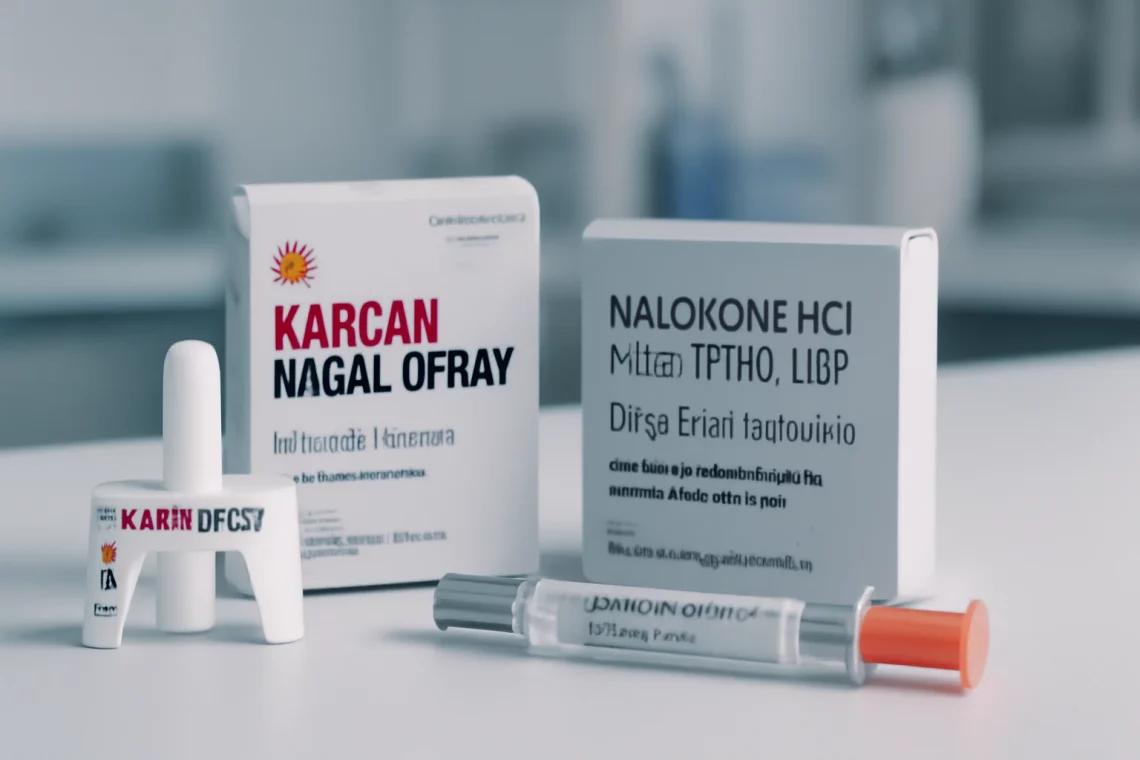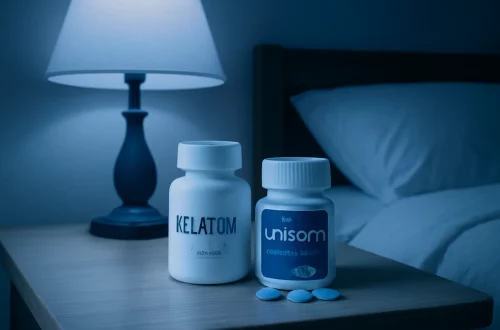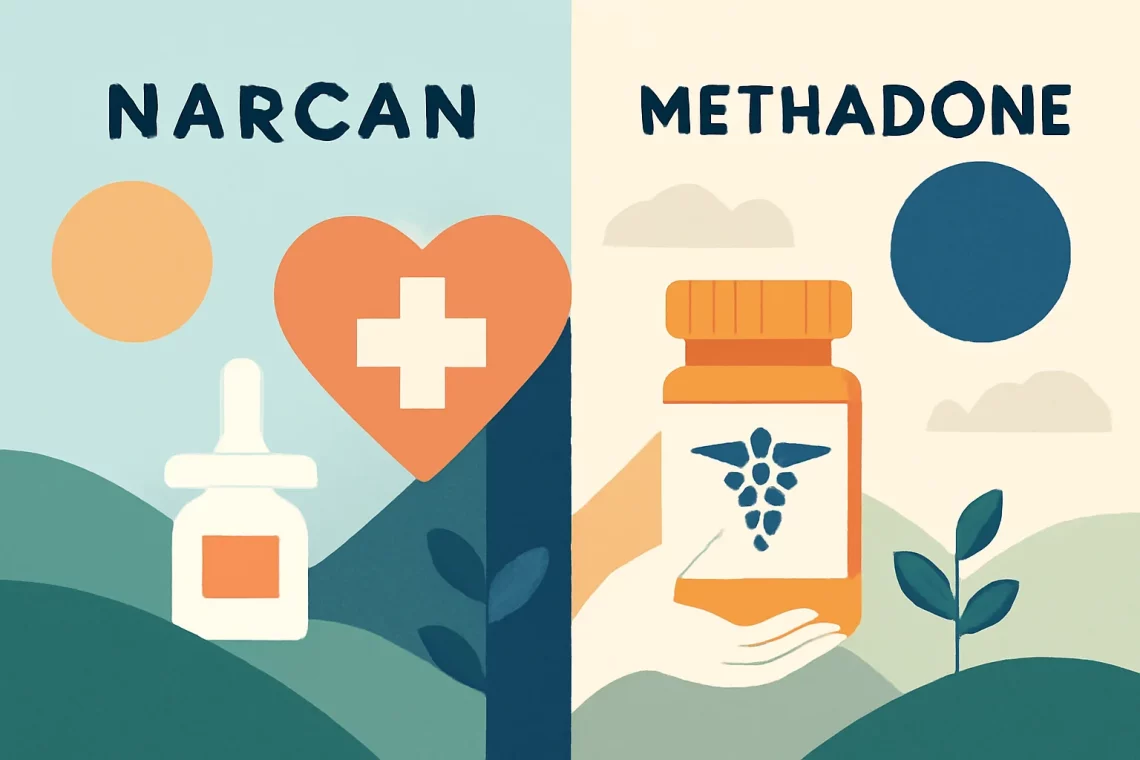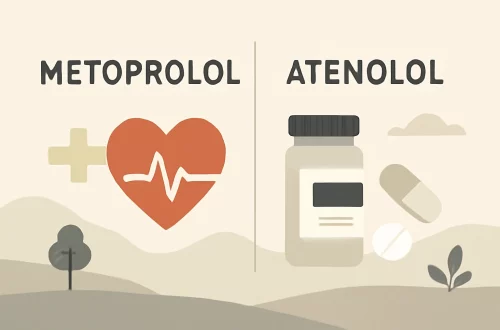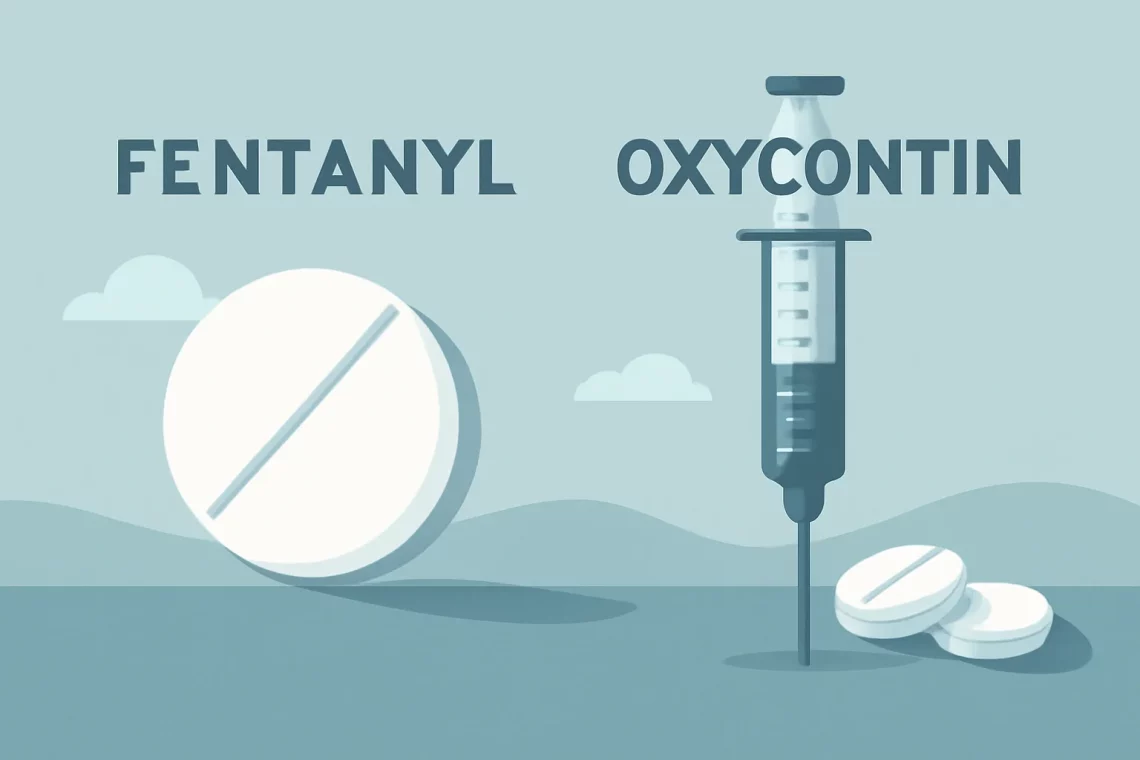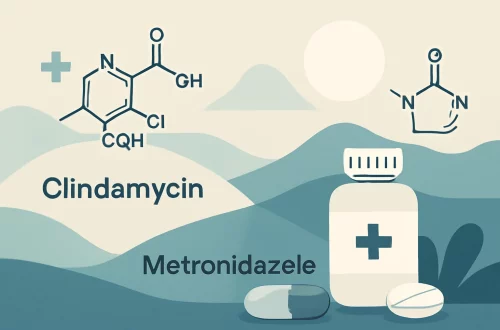-
Methadone vs Sublocade: Choosing the Right Treatment for Opioid Addiction
The opioid epidemic has prompted a greater focus on effective treatments for opioid use disorder (OUD). As healthcare providers and patients seek solutions, various medications have emerged to address the complexities of addiction. Among these, methadone and Sublocade have gained prominence. While both are used in the treatment of OUD, they offer different mechanisms of action, administration methods, and patient experiences. Understanding these differences is crucial for patients, caregivers, and healthcare professionals alike. The choice between methadone and Sublocade can significantly impact a patient’s recovery journey, influencing everything from adherence to overall quality of life. With the rising importance of personalized medicine, it is imperative to explore these treatment options…
-
Naltrexone vs Buprenorphine: Understanding Their Differences and Uses
Naltrexone and buprenorphine are two medications that have gained attention in the field of addiction treatment and pain management. Both drugs operate on the brain’s opioid receptors but do so in markedly different ways. Understanding these differences is crucial for healthcare providers, patients, and families navigating the complex landscape of opioid use disorder and chronic pain management. Naltrexone is primarily known for its role in treating alcohol and opioid dependence, as it can block the euphoric effects of these substances, thereby reducing cravings. On the other hand, buprenorphine is a partial opioid agonist that can alleviate withdrawal symptoms and cravings without producing the intense high associated with full agonists. This…
-
Narcan vs Naloxone: Understanding the Key Differences and Uses
The opioid crisis has become a significant public health concern, affecting millions worldwide. As the rates of opioid overdoses continue to rise, the need for effective intervention methods has never been more critical. Among the tools developed to combat this crisis, Narcan and naloxone have gained widespread attention and use. Both are essential in reversing the effects of opioid overdoses, but many people may not understand the nuances between the two. Narcan is a brand name for the generic medication naloxone, which is an opioid antagonist. When administered, naloxone can rapidly restore normal breathing in someone experiencing an opioid overdose, effectively saving lives. The public health community has increasingly advocated…
-
Sublocade vs Naltrexone Which is More Effective for Opioid Addiction?
Sublocade and Naltrexone are two medications that have garnered attention for their roles in the treatment of substance use disorders, particularly opioid dependence. As the opioid crisis continues to affect communities globally, the need for effective treatment options becomes increasingly urgent. Both Sublocade and Naltrexone serve as alternatives to traditional methods of addiction treatment, but they operate through different mechanisms and offer various benefits and challenges. Understanding these differences is crucial for patients and healthcare providers alike, as it can influence treatment decisions and outcomes. In the landscape of addiction treatment, it’s essential to explore how these medications function, their administration methods, potential side effects, and the overall impact they…
-
Narcan vs Methadone: Understanding Their Roles in Opioid Treatment
The opioid crisis has emerged as a significant public health challenge, affecting millions of individuals and their families. With the increasing prevalence of opioid overdoses, effective and timely interventions have become crucial. Among the various options available for combating opioid addiction and overdose, Narcan and methadone stand out as two prominent choices. Both substances serve distinct purposes and operate through different mechanisms, which can lead to confusion among users, healthcare providers, and policymakers. Narcan, known generically as naloxone, is an opioid antagonist that can rapidly reverse the effects of an opioid overdose. This life-saving medication has garnered attention for its ability to be administered by bystanders, making it a critical…
-
Naltrexone vs Campral: Choosing the Right Treatment for Alcohol Dependence
The journey toward recovery from substance use disorders can be challenging, often requiring a multifaceted approach that combines therapy, support, and sometimes medication. Among the various options available to individuals seeking to overcome alcohol dependence, two medications, Naltrexone and Campral, have emerged as popular choices. While both aim to assist individuals in their recovery journeys, their mechanisms of action, side effects, and suitability for different individuals can vary significantly. Understanding these medications is crucial for individuals, families, and healthcare providers involved in the treatment of alcohol use disorder. As awareness of addiction and its treatment continues to grow, so too does the need for informed decisions regarding the use of…
-
Fentanyl vs OxyContin: Understanding the Key Differences and Risks
Fentanyl and OxyContin are two powerful medications that belong to the opioid class, commonly used for pain management. Despite their effectiveness, they come with significant risks and potential for abuse. Opioids have been at the forefront of discussions regarding public health, especially given the alarming rise in opioid-related overdoses and deaths. Both fentanyl and OxyContin have been implicated in this crisis, raising important questions about their safety, efficacy, and the contexts in which they are prescribed. Fentanyl is a synthetic opioid that is estimated to be 50 to 100 times more potent than morphine. It is often used in medical settings for severe pain management, particularly in patients who are…
-
Sublocade vs Methadone: Which Treatment is Right for You?
The opioid crisis has become a significant public health concern, leading to an increased need for effective treatment options for individuals struggling with opioid use disorder. Among these options, two treatments have gained considerable attention: Sublocade and methadone. Both therapies aim to alleviate withdrawal symptoms and cravings, helping patients regain control of their lives. However, they differ in their formulations, administration methods, and overall effectiveness. Sublocade is a relatively newer medication that delivers buprenorphine in a long-acting injectable form. This novel delivery system allows for once-monthly administration, which can enhance adherence and reduce the risk of misuse. On the other hand, methadone has been a cornerstone of opioid addiction treatment…
-
Can Dentists Detect Marijuana Use Through Your Oral Health?
Understanding the interplay between oral health and lifestyle choices is essential for both dental professionals and patients. As society becomes more aware of the implications of various habits, including the use of marijuana, the question arises: can dentists actually detect marijuana use through oral health indicators? The mouth serves as a window into overall health, reflecting not only dental hygiene practices but also broader health behaviors. Marijuana usage, whether for medicinal or recreational purposes, has been a topic of significant discussion in recent years. Its effects on the body, including oral health, are becoming increasingly recognized in both scientific literature and everyday conversations. The potential impact of marijuana on dental…
-
Understanding the Prevalence of Negative Dilute Drug Tests
Understanding the Prevalence of Negative Dilute Drug Tests In recent years, the landscape of drug testing has evolved significantly, highlighting the complexities surrounding the interpretation of results. The concept of “negative dilute” drug tests has gained attention, leading to a growing number of inquiries from employers, healthcare providers, and individuals undergoing testing. A negative dilute result can arise from various factors, including hydration levels and laboratory procedures, and it often raises questions about the validity of the test and the implications for the individuals involved. The increasing prevalence of these results has sparked discussions about the reliability of drug testing methodologies and the fairness of their applications. As workplaces and…

